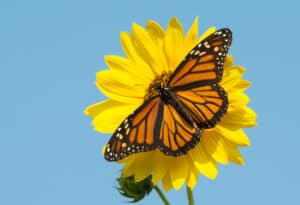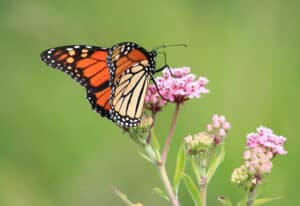The monarch butterfly isn’t just a beautiful creature — these iconic insects travel up to 3,000 miles each year, migrating from Canada and the northern United States down to mountain forests in Mexico! During their journey, monarchs rely on nectar-filled flowers for fuel, stopping at especially bright and colorful ones for a much-needed rest. Sadly, however, monarch butterflies are endangered and need our help to plant gardens full of their favorite foods! So, the question is: what are the best plants that attract monarch butterflies?
20. Lantana (Lantana)
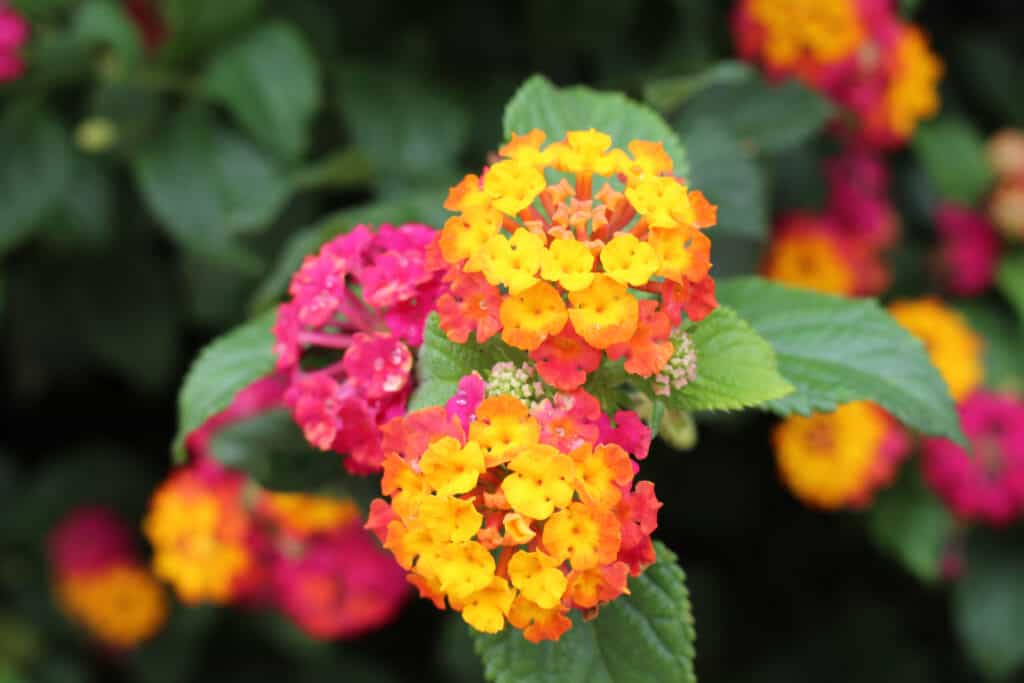
Upright lantana can grow up to 6 feet tall.
©Johanna Weber/Shutterstock.com
Tough enough to thrive in hot and dry weather, lantana plants are a great choice for attracting monarch butterflies. There are over 150 varieties, from trailing, vine-like plants to tall, upright plants. Lantana flowers bloom in round clusters of tiny florets from late spring until the first frost.
19. Agastache (Agastache)
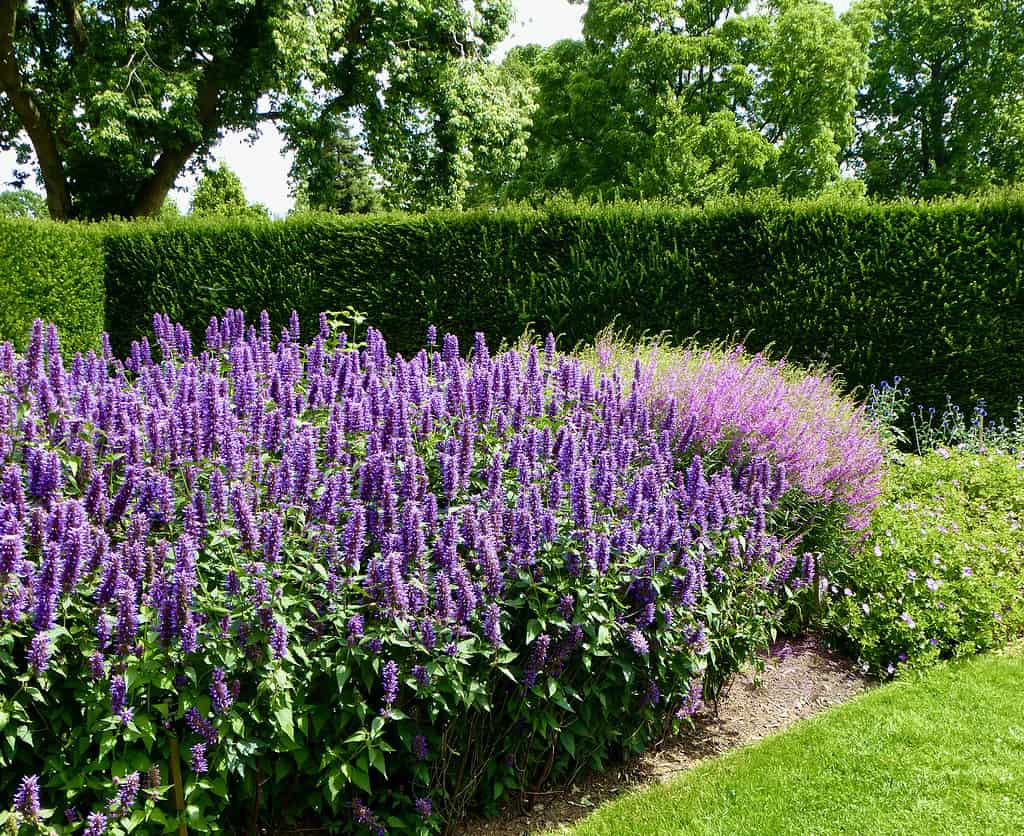
Agastache flowers come in purple, lavender, pink, and white.
©Wirestock/iStock via Getty Images
Although some can grow up to 10 feet tall, most agastache plants are 2 to 6 feet. Agastache plants are herbaceous perennials that are deer- and rabbit-resistant. They also attract pollinators like butterflies, bees, and hummingbirds. Agastache flowers bloom in the summer with unique tubular blossoms spread across tall spikes.
18. Tickseed or Calliopsis (Coreopsis)
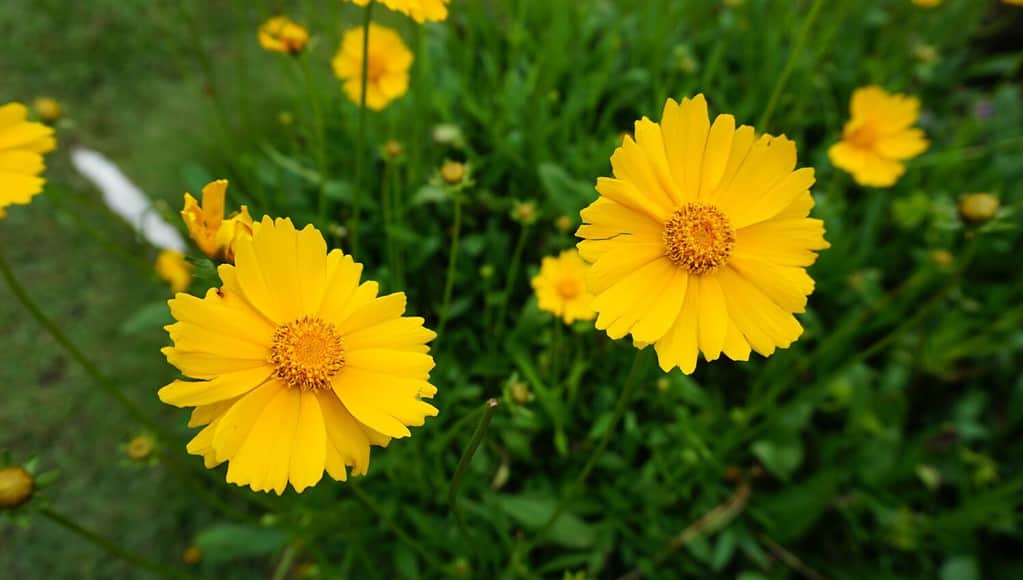
Tickseed flowers thrive in full sun and bloom in the summer and fall.
©Chrieztine17/Shutterstock.com
Native to the Americas, tickseed (or calliopsis) produces small daisy-like blossoms that attract monarch butterflies and other pollinators. While butterflies and bees visit these flowers for their sweet nectar, small birds love them for their seeds.
17. Black-Eyed Susans (Rudbeckia)
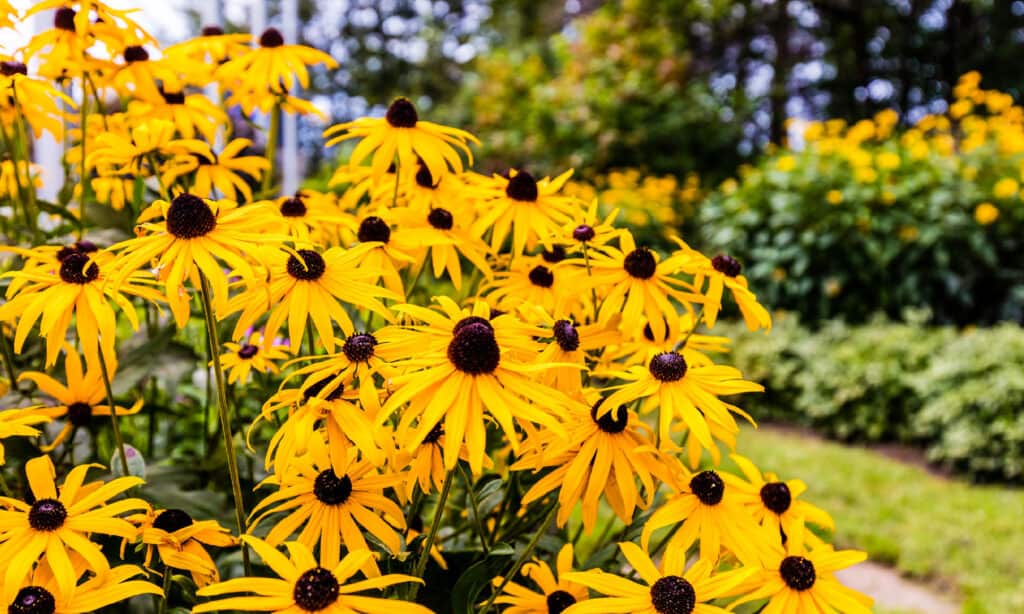
Black-eyed Susans come back every year.
©iStock.com/Dopeyden
Another cheerful plant that attracts monarch butterflies is the black-eyed Susan. These perennial flowers are native to North America. Their flowers are large and daisy-shaped, with bright yellow petals surrounding a dark brown center like an eye. Black-eyed Susans love sunshine and typically grow 2 to 3 feet tall and 1 to 2 feet wide.
16. Oxeye Sunflower (Heliopsis)

Oxeye sunflowers are native to North and South America.
©Alex Manders/Shutterstock.com
Despite their name, oxeye sunflowers are not true sunflowers, although they do have sunflower-like heads. Their blossoms are smaller than true sunflowers, blooming up to 3 inches in diameter. Oxeye sunflowers are great for attracting monarch butterflies and grow easily in prairies, woodlands, fields, and gardens.
15. Sunflowers (Helianthus)
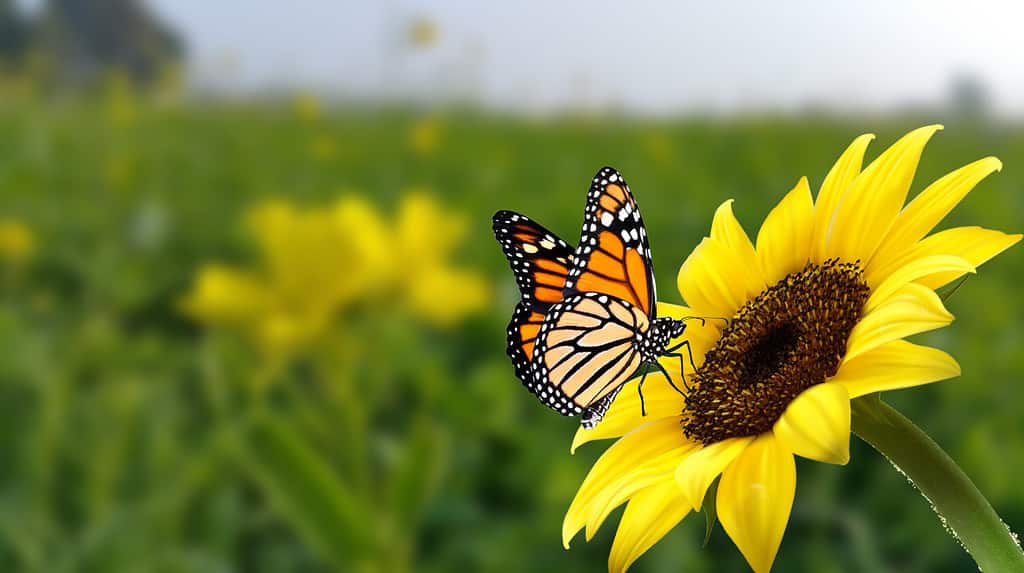
The name “sunflower” comes from the plant’s habit of turning to face the sun as it moves across the sky.
©Candy_Plus/Shutterstock.com
Sunflowers are easy to grow and provide your garden with warmth all summer long. There are many different varieties, from classic yellow blooms to red, orange, maroon, and brown, and some are even multicolored. Some have large heads the size of dinner plates, while other varieties are small like daisies.
14. Phlox (Phlox)
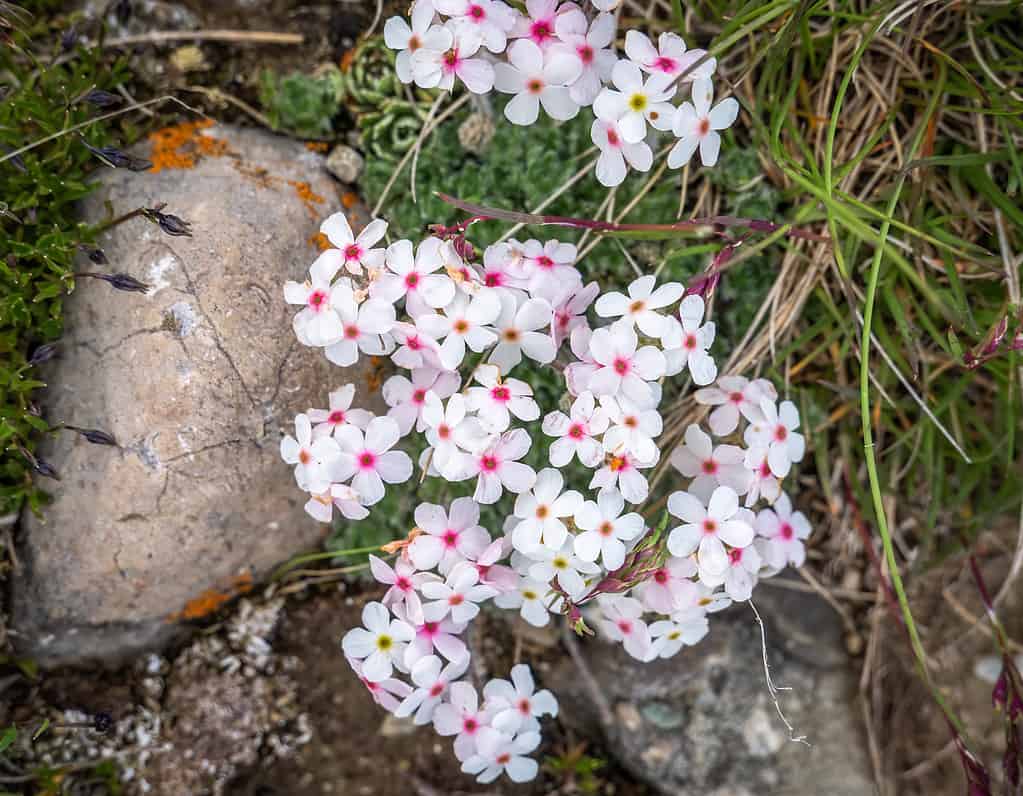
Some varieties of phlox are multicolored, while others even have stripes.
©Cristi Croitoru/iStock via Getty Images
These beautiful perennial plants come in a variety of sizes, from low-growing ground covers to 5-foot tall flowers. Phlox plants produce star-shaped blooms in a myriad of colors, from periwinkle blue and candy pink to pure white. The flowers bloom in spring and summer and are great for attracting butterflies.
13. Common Lilac (Syringa vulgaris)
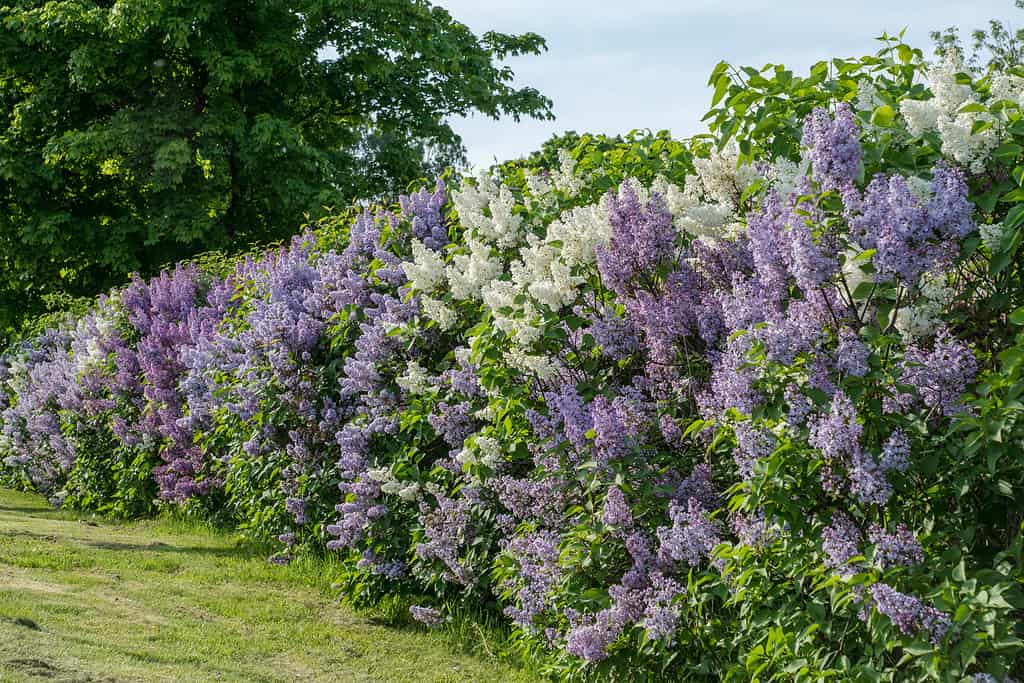
Lilacs are hardy and reliant plants that don’t require a lot of tending once they’ve been established.
©Binnerstam/iStock via Getty Images
The common lilac is a stunning plant that smells heavenly and attracts monarch butterflies. It is an extremely fragrant, deciduous shrub that blooms during the spring. Its blossoms grow in cone-shaped clusters of purple, lavender, rose, white, cream, pink, or magenta flowers. Lilac plants naturally grow 8 to 15 feet, but some cultivars only reach 3 feet tall at most.
12. Ironweed (Veronia)
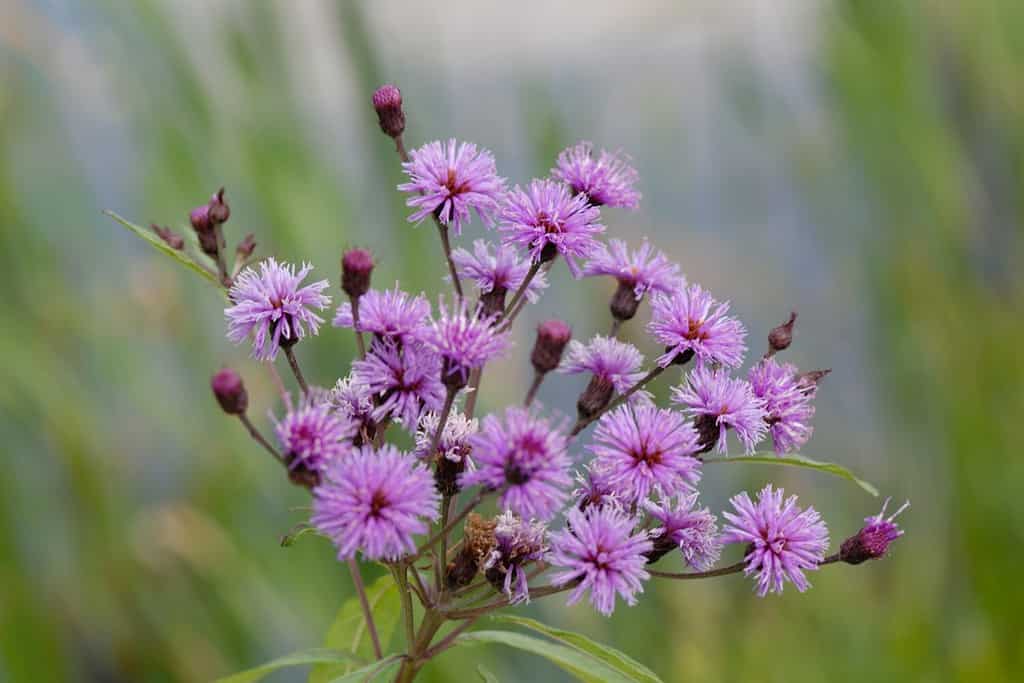
Ironweeds produce flowers with hues of purple, dark pink, or magenta.
©Walter Erhardt/Shutterstock.com
There are around 350 species of ironweed plants. Some grow in a bush-like fashion, while others can grow up to 8 feet tall! Ironweed flowers bloom in dense clusters from late summer and provide a rich nectar source for various pollinators, including monarch butterflies.
11. Blazing Star (Liatris)
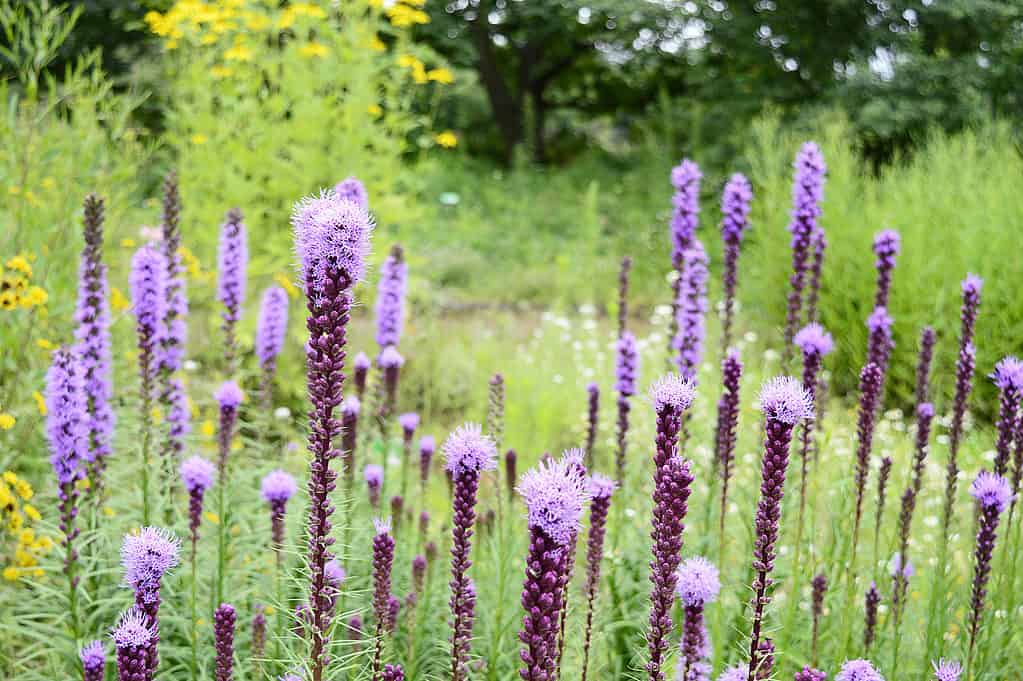
Liatris flowers are unique because they bloom from the top down.
©iStock.com/agatchen
Native to North America, blazing stars or liatris plants are unique perennials with tall flowery spikes. They are drought-tolerant and excellent at attracting pollinators like monarch butterflies. Depending on the species, blazing stars may grow 1 to 5 feet tall. They produce thick clusters of white, pink, or purple flowers in the late summer and fall.
10. Aster (Aster)

New England aster flowers are a favorite of the monarch butterfly.
©John Byers/ via Getty Images
The sweet springs of nectar produced by aster plants attract monarch butterflies in the late summer and fall. These fun flowers bloom during the monarchs’ migration, providing excellent fuel for hungry and tired butterflies. Asters have a daisy-like appearance and come in many different colors.
9. Coneflower (Echinacea)
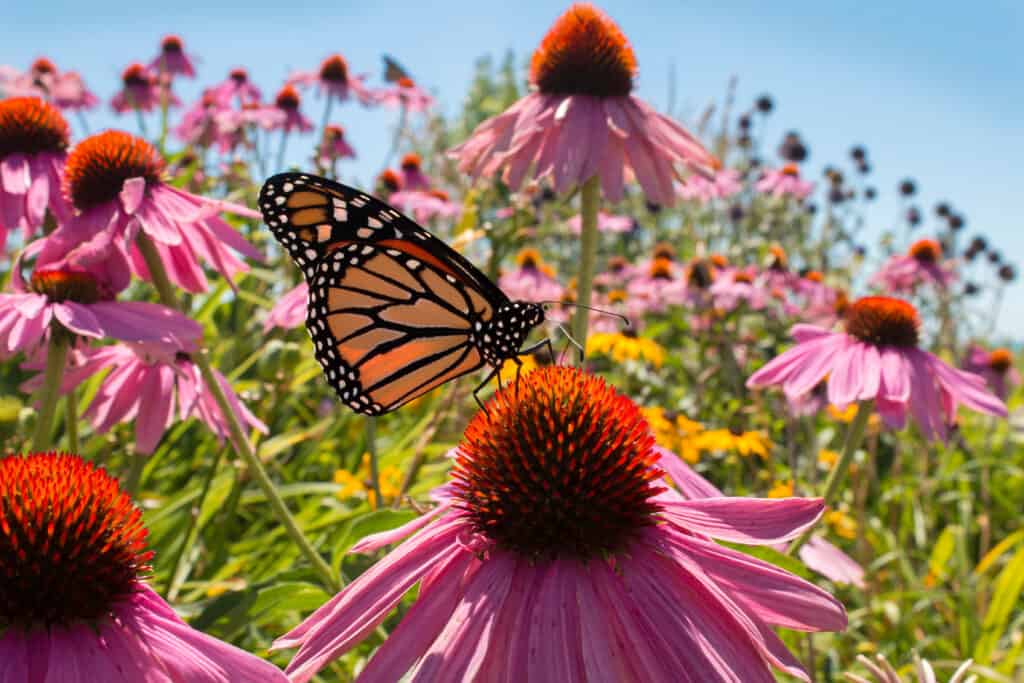
The cone-like center of these flowers attracts birds and butterflies.
©Media Marketing/Shutterstock.com
Thriving in full sun, these cheerful wildflowers are native to North America, particularly the eastern and central United States. The most common varieties are pink and purple and bloom in mid-summer until the first frost. Coneflowers are hardy plants that are easy to grow, even if you don’t have a very green thumb.
8. Joe-Pye Weed (Eutrochium)

The Joe-Pye weed is native to the central and eastern regions of North America.
©Stephen Bonk/Shutterstock.com
A lovely, low-maintenance perennial plant, the Joe-Pye weed is native to the United States and Canada. These enchanting wildflowers grow 4 to 6 feet tall and are a popular source of nectar for pollinators like monarch butterflies. Joe-Pye weeds bloom in the late summer and early fall with clusters of pink, purple, lavender, or white flowers.
7. Bee Balm (Monarda)
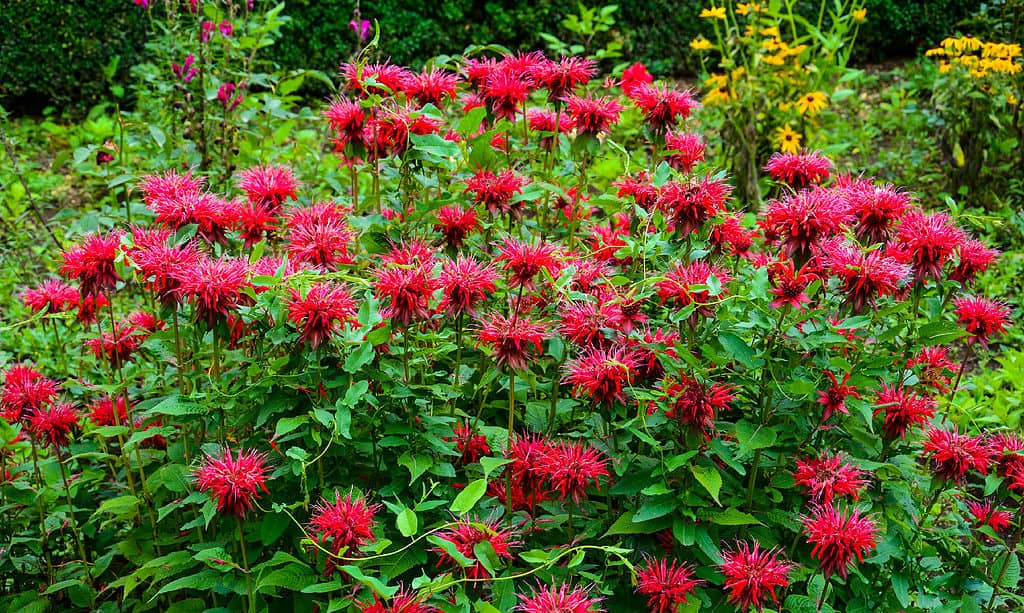
Bee balm flowers come in different colors and look like fuzzy or fringed pom-poms.
©Vahan Abrahamyan/Shutterstock.com
Known as bee balm or wild bergamot, these butterfly-attracting perennials grow 2 to 4 feet tall and are native to most regions in the United States. Bee balm flowers have a tubular shape with flared petals and bloom from July through September.
6. Butterfly Bush (Buddleja)

Some butterfly bush varieties can become invasive in certain regions.
©iStock.com/lantapix
Just like their name, butterfly bushes are mega-magnets when it comes to attracting monarch butterflies! There are over 100 species of butterfly bushes, which bloom from summer to fall. They come in a wide variety of different colors, with extremely fragrant blossoms that grow in cones on the end of the plant’s branches.
5. Zinnia (Zinnia elegans)
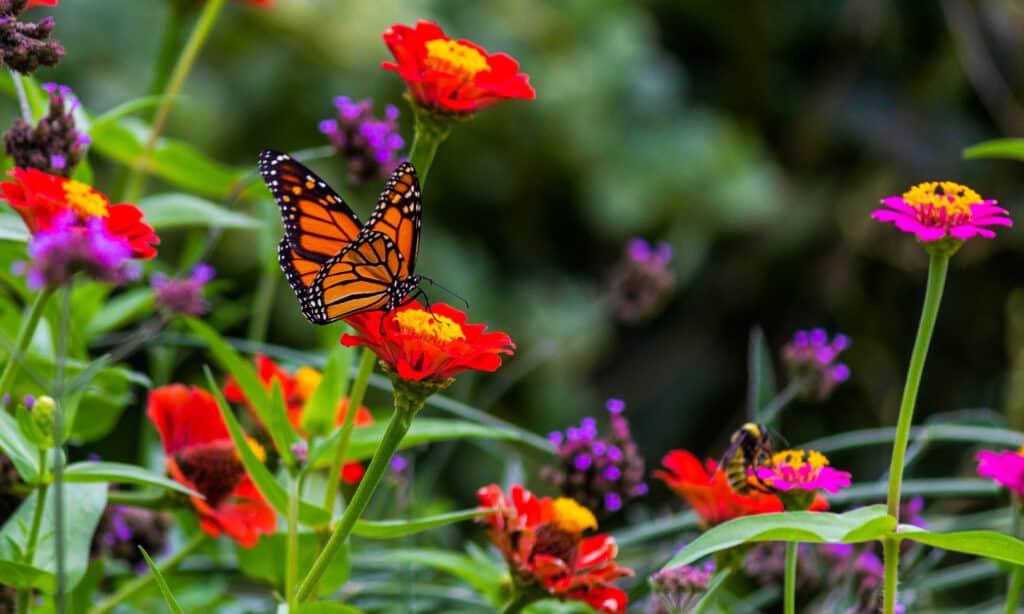
The bright colors of zinnia flowers make them very attractive to monarch butterflies.
©Kate Scott/Shutterstock.com
Countless gardeners admire zinnias for their vast spectrum of colors and cute, charming blossoms. These colorful annuals are also a favorite for many pollinators, including monarch butterflies. They are easy to grow and long-lasting, blooming throughout the summer and fall.
4. Goldenrod (Solidago)

Goldenrod plants are hardy and versatile perennials that grow 1 to 5 feet tall.
©McGraw/Shutterstock.com
A member of the aster family (Asteraceae), the goldenrod comes in hundreds of different species and cultivars. These lovely plants attract monarch butterflies with clusters of tiny, bright yellow flowers. Most species are native to North America and bloom from July through September.
3. Mexican Sunflower (Tithonia)

Mexican sunflowers are easy to grow from seeds.
©Doikanoy/Shutterstock.com
One of the best annuals you can plant to attract monarch butterflies is the Mexican sunflower. These dynamic flowers produce a sweet nectar that attracts all kinds of pollinators, from butterflies to hummingbirds. Mexican sunflowers bloom for a long time and grow 4 to 6 feet tall.
2. Cosmos (Cosmos)
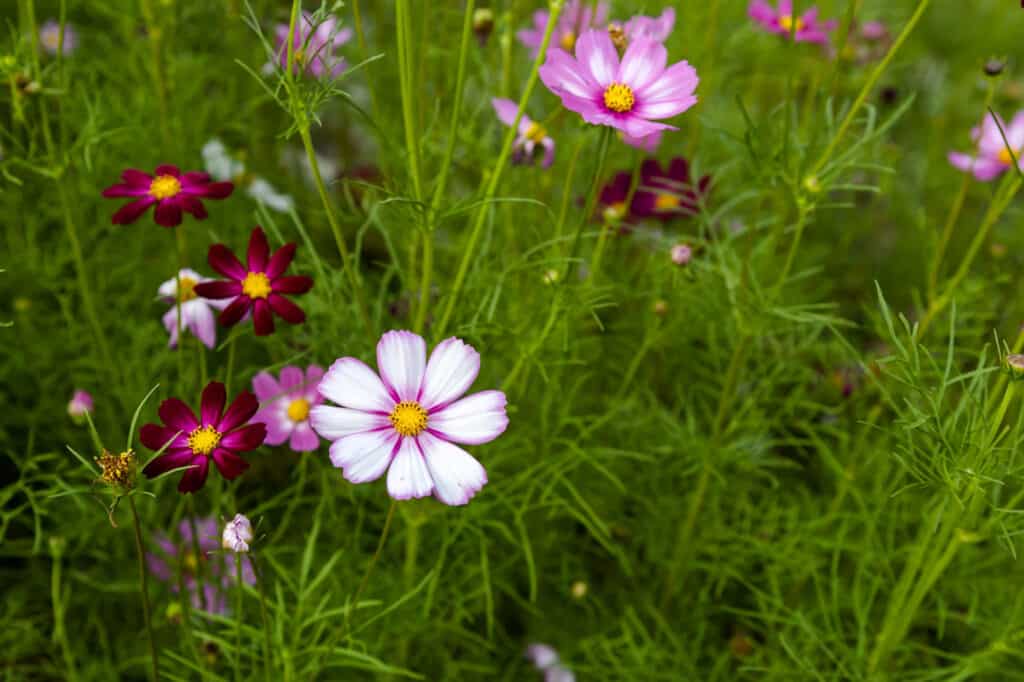
Flowers of the cosmos plant bloom atop slender stems with large, vibrant blossoms.
©lotlenglu/Shutterstock.com
Cosmos are dazzling flowers that add sunshine to any garden. And not only are these plants bright and colorful, but they also attract monarch butterflies! Cosmos are cheerful flowers that look like daisies but have a more delicate appearance.
1. Milkweed (Asclepias)

Monarch butterflies cannot survive without milkweed.
©iStock.com/CathyKeifer
The only thing a monarch butterfly larva or caterpillar eats is milkweed — so it is one of the most important plants for attracting monarch butterflies! Swamp milkweed (Asclepias incarnata) and common milkweed (Asclepias syriaca), for example, are their top two favorites for laying eggs. However, their preferences can vary depending on the time of year and location. In addition, not every species will thrive where you live, so native milkweed plants are the best choice.
The photo featured at the top of this post is © Michael Zurawski/iStock via Getty Images
Thank you for reading! Have some feedback for us? Contact the AZ Animals editorial team.





